What’s the Buzz
The Bee Healthy Blog
Nitroglycerin Uses & Side Effects

Nitroglycerin belongs to a group of drugs called vasodilators. It is used to treat angina pectoris, the medical term describing chest pain due to inadequate blood flow and oxygen to the heart. That’s why nitroglycerin is also known as an antianginal agent. This medication affects the blood flow to the heart by dilating blood vessels, resulting in increased blood flow to the heart. Please continue reading to learn more about the uses and side effects of nitroglycerin.
What are the dosage forms of nitroglycerin?
Nitroglycerin comes in the following dosage forms. It is available as both a generic medication and brand name drug.
- Sublingual tablets: Nitrostat, Nitroquick, nitroglycerin;
- Topical ointment: Nitro-Bid for chest pain
- Extended-release (ER) oral capsule: Nitro-Time
- Intra-anal ointment: Rectiv for anal fissure pain
- Sublingual spray: Nitromist, Nitrolingual
- Transdermal patch: NitroDur, Minitran
- Sublingual powder: Gonitro
- Intravenous injectable solution: nitroglycerin
What is nitroglycerin used to treat?
Nitroglycerin is used to treat angina pectoris in people who have ischemic heart disease. It is also used to prevent angina attacks and can be taken 5-10 minutes before activities that can trigger an angina attack.
Chest pain is often caused by coronary artery disease, which is a heart disorder where plaque builds up in the wall of the arteries that supply blood to the heart causing blockage or narrowing of these coronary arteries. As a result, angina, or chest pain, happens due to the reduction of oxygen-rich blood to the heart.
Nitroglycerin is broken down in the body into nitric oxide, which causes the blood vessels to relax. This is how nitroglycerin treats chest pain caused by the narrowing of the coronary arteries.
Intravenous nitroglycerin is typically used in emergency situations such as acute congestive heart failure, acute coronary syndromes, and hypertensive emergencies with dangerously high blood pressure that can lead to organ damage.
Other uses of nitroglycerin, including off-label uses, are the treatment of pain from chronic anal fissures, congestive heart failure, chest pain following cocaine use, coronary artery spasm, and hypertensive emergency (very high blood pressure).
Even though there was a study that showed some promising roles of topical nitroglycerin in the treatment of erectile dysfunction (ED), it is important to know that topical nitroglycerin is not approved by the FDA to treat ED. If you are taking a PDE-5 inhibitor such as sildenafil (Viagra) or tadalafil (Cialis) to treat erectile dysfunction, nitroglycerin can interact with these medications and result in dangerously low blood pressure.
Besides PDE-5 inhibitors like Cialis and Viagra, you should always talk to your doctor or pharmacist about similar drugs used to treat ED, including over-the-counter products and herbal supplements. Certain drugs like the “ergot” migraine medications can exacerbate chest pain when combined with nitroglycerin.
What is nitroglycerin tolerance?
Nitroglycerin stops providing the same amount of relief after you have used it for some time or taken a large number of doses. This is called tolerance.
Follow your doctor’s instructions on how to take nitroglycerin to prevent tolerance. Talk to your doctor if your angina is severe, more frequent, or longer lasting.
How to use nitroglycerin?
Sublingual tablets
Place a nitroglycerin sublingual tablet (0.3 mg, 0.4 mg, or 0.6 mg as prescribed) under your tongue at the first sign of an angina attack. You can also use the sublingual tablet for acute prophylaxis (to prevent chest pain) by taking it 5-10 minutes before activities that can cause angina.
Sit down before sublingual administration of nitroglycerin. Your doctor may advise you to take a second dose after 5 minutes and a third dose after an additional 5 minutes if your chest pain does not improve. Call 911 or emergency services for immediate medical attention if you have continuing chest pain 5 minutes after your third nitroglycerin dose.
Do not swallow, chew, or crush a nitroglycerin sublingual tablet. Place the nitroglycerin tablet under your tongue and allow it to dissolve. If you get a burning sensation, this means the medicine is working. However, do not be alarmed if you do not feel any burning.
Nitroglycerin ointment
The topical ointment is only used to prevent angina. It cannot be used to treat an angina attack once it starts.
Apply the nitroglycerin ointment as prescribed by your doctor. It is usually applied once in the morning and once again 6 hours later. Your doctor will advise you to have a nitrate-free period of 10-12 hours overnight to prevent tolerance. Continue using nitroglycerin ointment as directed, even if you don’t have any chest pain symptoms. Don’t stop using it without your doctor’s approval.
For treating pain from anal fissures, the ointment is applied every 12 hours (twice a day) for up to 3 weeks. Call your doctor if you still have anal fissure pain after 3 weeks of using nitroglycerin ointment.
Nitroglycerin spray
The nitroglycerin aerosol or sublingual spray is used to treat chest pain. It can also be used to prevent an attack when taken 5-10 minutes before activities that cause chest pain. You can use up to 3 doses of the nitroglycerin spray in a 15-minute period. If your symptoms do not improve much or worsen after using sublingual nitroglycerin, call 911 immediately.
Nitroglycerin patch
Nitroglycerin patches come in doses of 0.1 mg, 0.2 mg, 0.3 mg, 0.4 mg, 0.6 mg, and 0.8 mg. Transdermal nitroglycerin is used to prevent angina but is not useful for acute relief of chest pain once an attack has started.
The transdermal patches can be applied anywhere on dry, clean, hairless skin except on your limbs below the knees and elbows or folds of skin. Follow your doctor’s instructions and wear the patch for 12-14 hours. Take a break for 10-12 hours every day to prevent tolerance.
Intravenous nitroglycerin
Intravenous administration of nitroglycerin is administered by healthcare providers in a hospital setting to treat acute coronary syndromes and hypertensive emergencies. Administration of intravenous nitroglycerin requires frequent monitoring of vital signs and blood tests.
What are nitroglycerin side effects?
Common side effects of nitroglycerin include dizziness, lightheadedness, flushing, and skin reactions at the site where the ointment or a patch is applied.
More serious adverse effects of nitroglycerin include allergic reactions with a skin rash, hives, itching, trouble breathing or swallowing, slow heartbeat, worsening chest pain, or fainting. You should get emergency medical help if you develop any of these signs and symptoms.
Before starting nitroglycerin, tell your doctor if you have ever had an allergic reaction to nitroglycerin or other nitrate medications such as isosorbide immediate-release or extended-release tablets.
What precautions should I take while on nitroglycerin?
Medical history
Give your healthcare provider a complete health history before you are prescribed nitroglycerin. This medication may not be right for people with certain medical conditions such as anemia, increased intracranial pressure (increased pressure in the head), low blood pressure, hypertrophic cardiomyopathy, heart failure, or a recent heart attack.
Drug interactions
Interactions between nitroglycerin and other medications can lead to serious adverse effects. Give your doctor and pharmacist a complete list of your medications, including prescription drugs, over-the-counter medicines, dietary supplements, and herbal products, to avoid possible interactions with other drugs.
Alcohol
You should avoid alcohol or drink alcohol in limited amounts while on nitroglycerin. Alcohol can make side effects like dizziness, lightheadedness, and fainting worse. The risk of these side effects of nitroglycerin is also higher if you stand for long periods of time or become dehydrated by exercising or staying outdoors in hot weather.
Nitroglycerin overdose
Symptoms of a nitroglycerin overdose may include throbbing headaches, dizziness, blurry vision, fatigue, cold and clammy skin, bluish discoloration of the skin, sweating, flushing, confusion, slow or fast heartbeat, shortness of breath, nausea, vomiting, bloody diarrhea, fainting, seizures, and loss of consciousness. Go to the emergency room or call your local poison control center or the national poison control center at 1-800-222-1222 in case of an overdose.
References:
- https://medlineplus.gov/druginfo/meds/a682346.html
- https://medlineplus.gov/druginfo/meds/a601086.html
- https://medlineplus.gov/druginfo/meds/a615006.html
- https://medlineplus.gov/druginfo/meds/a601085.html
- https://www.accessdata.fda.gov/drugsatfda_docs/label/2018/021134s010lbl.pdf
- https://reference.medscape.com/drug/nitrodur-minitran-nitroglycerin-transdermal-342283#
- https://dailymed.nlm.nih.gov/dailymed/drugInfo.cfm?setid=3214ddac-e068-4306-8500-0fa90c8c5842
- https://www.ncbi.nlm.nih.gov/books/NBK482382/
- https://academic.oup.com/jsm/article/15/2/167/6980300
- https://www.mayoclinic.org/drugs-supplements/nitroglycerin-oral-route-sublingual-route/precautions/drg-20072863#:
- https://academic.oup.com/jsm/article/15/2/167/6980300

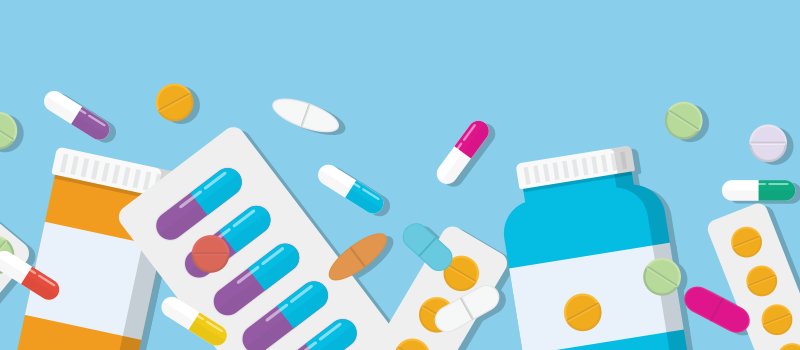
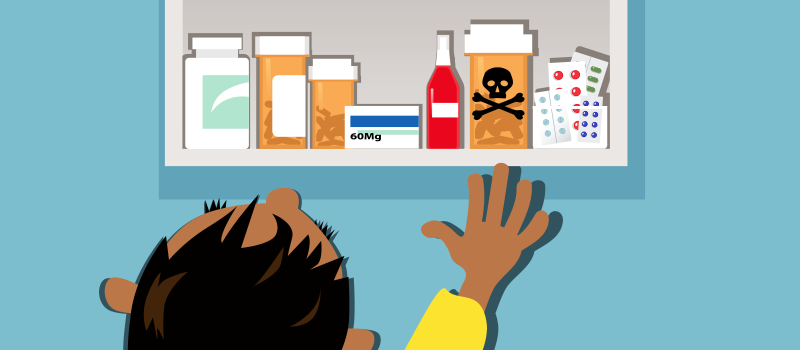

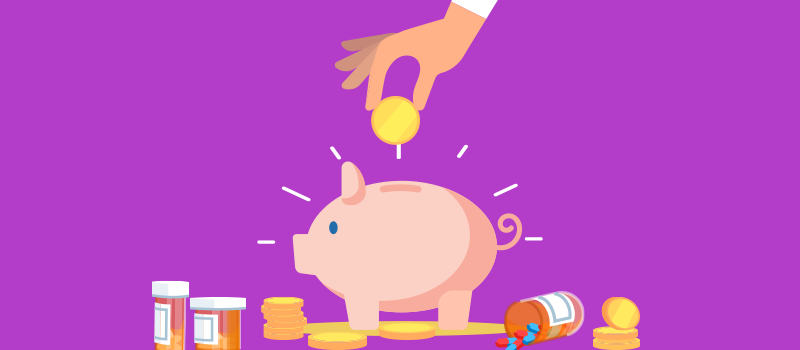

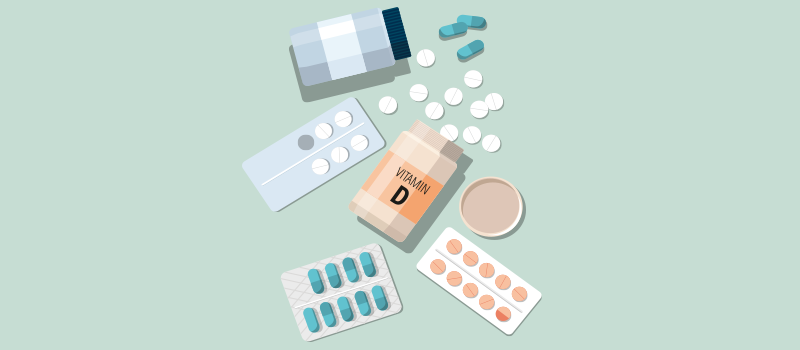

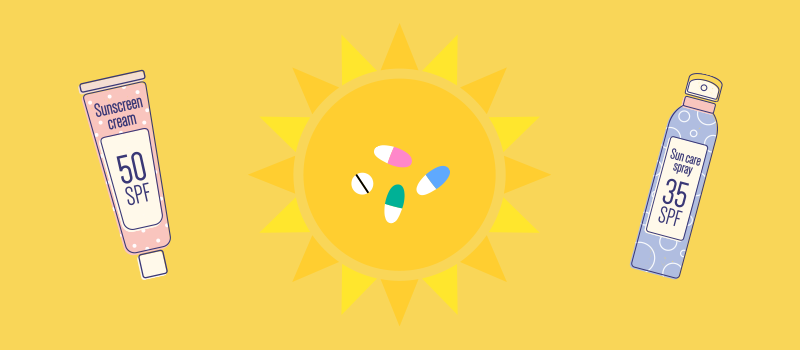



SOCIAL